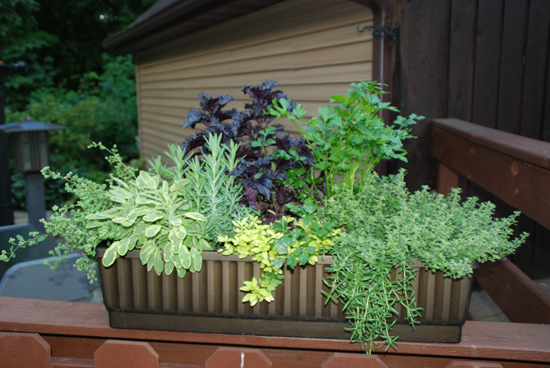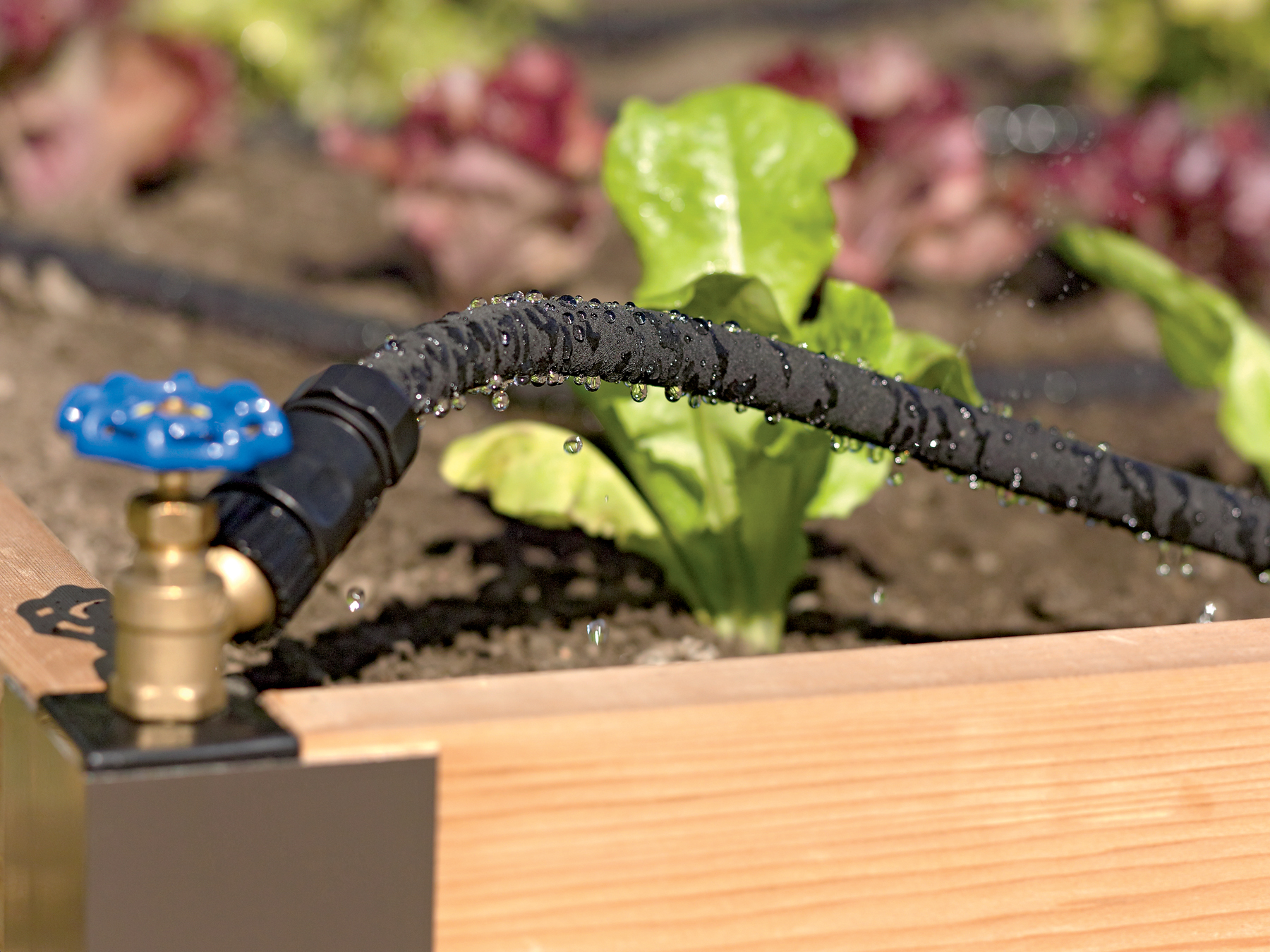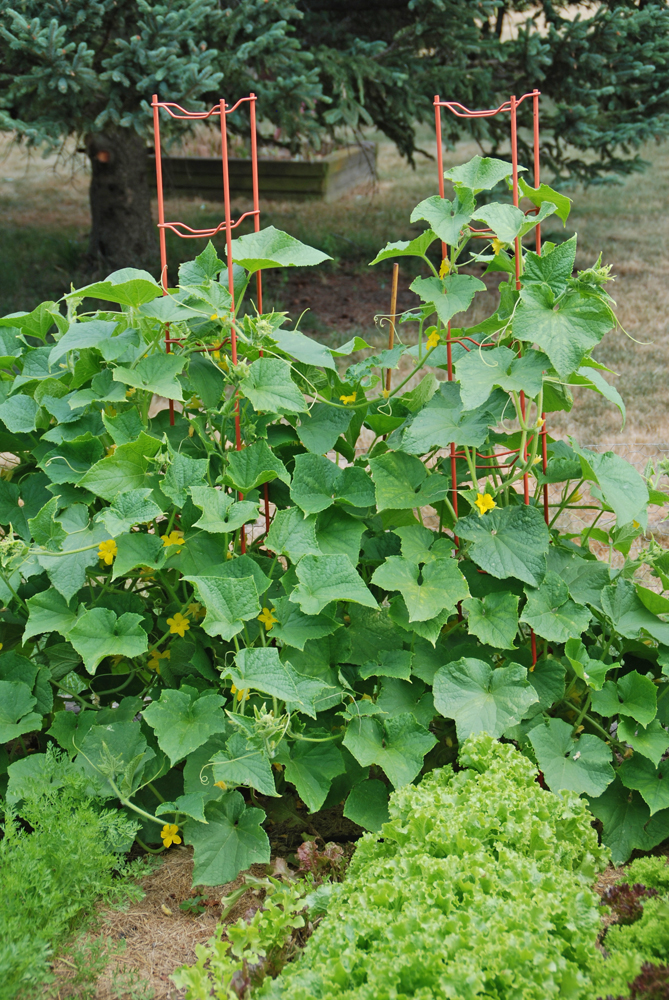By Melinda Myers
Although June is national rose month, gardeners can keep their roses healthy and blooming all summer long. Through proper care and a few simple strategies both existing and new roses can continue to look their best throughout the summer months – maximizing their beauty and enjoyment for all.
Water thoroughly whenever the top few inches of soil are crumbly and moist. Use soaker hoses or drip irrigation to apply the water directly to the soil where it is needed. You’ll lose less water to evaporation and reduce the risk of disease by avoiding overhead irrigation.
Mulch the soil surface with shredded leaves, evergreen needles or other organic matter to conserve moisture, suppress weeds and improve the soil as they decompose.
Keep your plants blooming and looking their best in spite of the heat, humidity and pests of summer. Immunize your plants against common environmental stresses such as heat and drought, while building their defenses against insects and diseases natural defenses with an organic plant strengthener, such as JAZ™ Rose Spray (www.gardeners.com). Researchers discovered when some plants are stressed they produce hundreds of molecules that help them better tolerate environmental stresses as well as insect and disease attacks. When applied to plants in the form of a plant strengthener, the treated plants improve their own defenses, much like immunizations do for us. Gardeners will notice less damage from stress, better recovery, reduced yellow leaves, and healthier plants overall.
Proper fertilization will help keep roses healthy and producing lots of flowers. A soil test is the best way to determine how much and what type of fertilizer is best for roses growing in your landscape.
Check your plants throughout the season for signs of insects and disease. Early detection makes control easier. Remove insects or infested plant parts when discovered. Look for the most eco-friendly control options when intervention is needed.
Enjoy your efforts and improve your roses appearance by harvesting a few rosebuds for indoor enjoyment. Prune flowering stems back to the first 5-leaflet leaf. You can prune back farther on established plants, but be sure to always leave at least two 5-leaflet leaves behind on the plant’s stem.
Those gardening in cold climates should stop deadheading roses toward the end of the season. Allow the plants to develop rose hips. This helps the plants prepare for the cold weather ahead and increases hardiness. Plus, these red to orange fruits provide winter food for birds as well as attractive winter interest in the garden.
And if you don’t have roses, make this the summer you add one or more of these beauties to your landscape.
Gardening expert, TV/radio host, author and columnist Melinda Myers has more than 30 years of horticulture experience and has written over 20 gardening books, including Can’t Miss Small Space Gardening. She hosts the nationally syndicated Melinda’s Garden Moment TV and radio segments and is a columnist and contributing editor for Birds & Blooms magazine. Myers’ web site is www.melindamyers.com.








